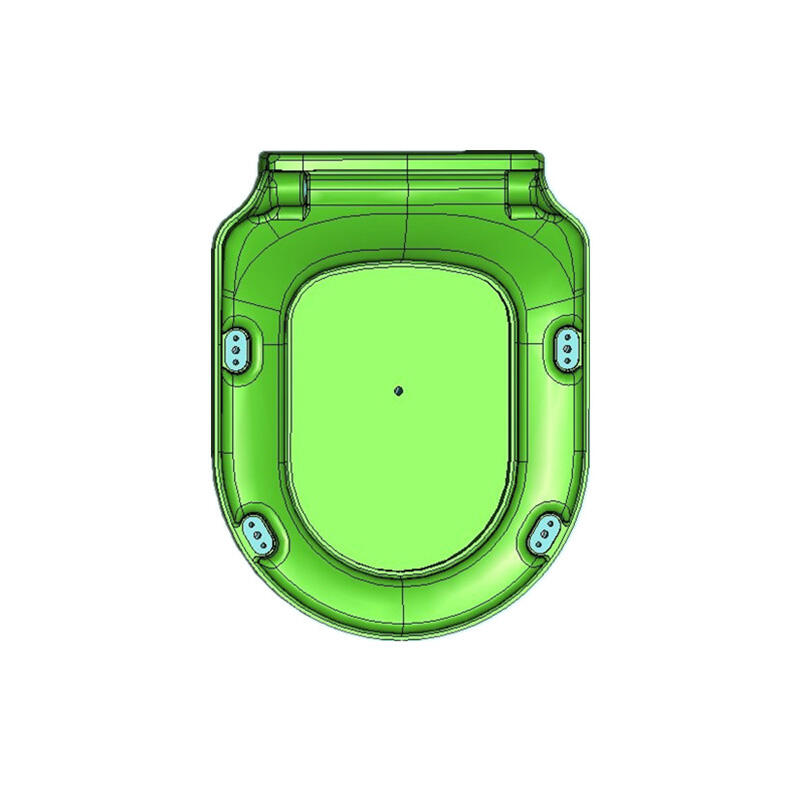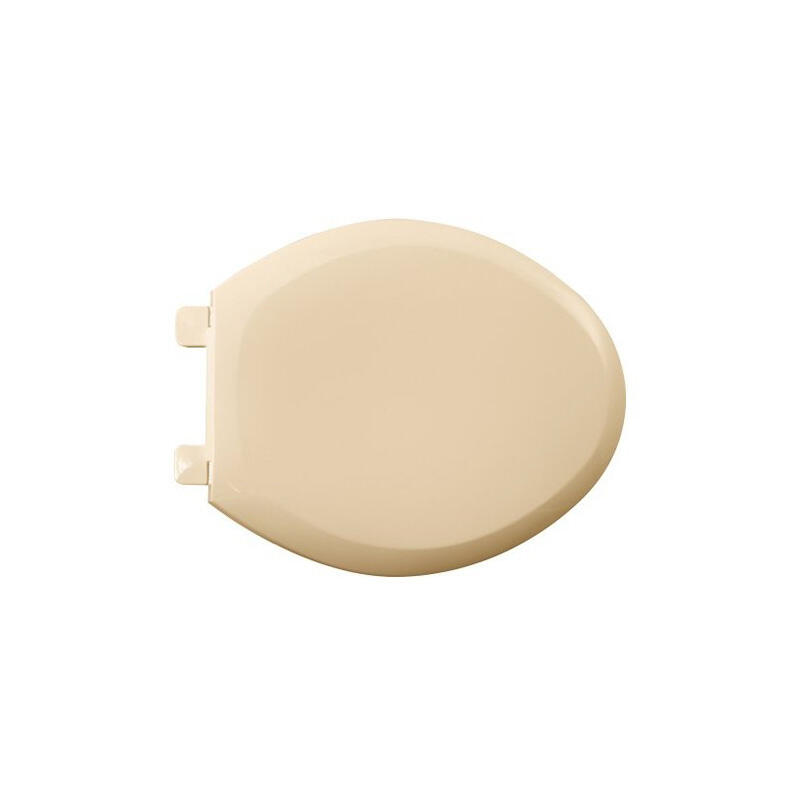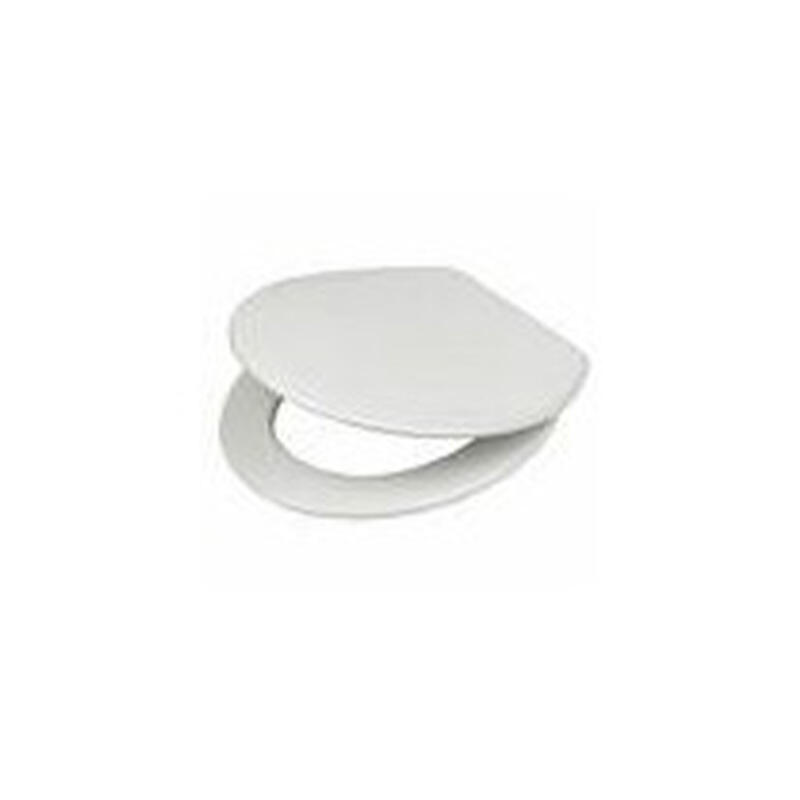You know what can develop on your toilet seat? It’s mould! First on the list is toilet seat mould, which seemingly few people consider when cleaning their toilets but can have a negative health impact. Mould — a type of fungus that loves to sprout up in damp, warm places like your bathroom Because it can thrive on your toilet seat as the area gets wet, and once there,it is able to be a challenge getting rid of.
The good news is, there are some simple ways that you can prevent mould from growing on your toilet seat. The best part is, you can wipe your toilet seat dry soon after a loo-break. This means that the surface will not allow moisture to accumulate, preventing it from getting dirty. Stagnant water left in any part of the house can go towards growing mould so this is something really worth making a habit. You may also consider using the anti-fungal spray on your toilet seat to eradicate any mould that might be already present. These sprays work to keep the surroundings safe, but also and germ free.
Tip 2– Other way to Prevent Mould is Leeping your Bathroom ventilated and airy. Crack a window or turn on the ceiling fan after you bathe. It helps to eliminate the moisture and prevents it from accumulating within the room. Their movement of the air discourages a moist environment that helps mould to grow. Allowing fresh air after hot water is a great move.
Toilet seat mould can lead to health issues that you do not want therefor keep it at bay. Mould can cause you to cough, whejsonpppzf]ejsnejlcsc s@[],-,., eze or have tightness in your chest. Symptoms Since the toxins are absorbed by your lungs, they will be very difficult to breath (and that is a no for everybody!) In some individuals, it also causes an allergic reaction as well as irritates the skin and lungs leading to asthma You may even experience sneezing or a runny nose if you have been close to mould and are sensitive towards it. Mould may also generate mycotoxins which can be harmful to the human body when inhaled or digested. That is why it is essential to properly take care of any mould you notice.

To get rid of mould on your toilet seat, a solution consisting chopped bleach and water will eradicate the germs in no time. Combine ( frac{1}{4} ) cup bleach with 1 gallon of water. This combination is powerful enough to kill off the mold. Apply it to the moldy area with a sponge or cloth Leave it for 10-15 min to let the cure work and then rinse off with water. Bleach: Bleach will help clean the urn or vase. Be sure to wear gloves, and keep a well-ventilated area when using bleach! It is important to this point as bleach has a very strong odour and it can irritate you skin or irritated lungs when in inhale.

Preventing mould from growing in your bathroom is the best way to handle it – keep them clean and dry. When you clean the bathroom, regularly spray an anti-fungal solution or use disinfectant cloths on the toilet seat and area nearby. Dehumidifiers are also effective as far as removing additional moisture is concerned. It is also great for bathrooms lacking a window or proper ventilation.

Toilet seat mould can become a health risk if you do not take care of the problem. It may also damage your home, something that no one wants to happen. Over time, it can rot wood, weaken plaster or rust out metal. If it gets really bad, you might end up having to repair your home, which can be costly and take a long time. Mould can also make your home smell horrible and that is not easy to deal with. It could have a foul smell that will be unpleasant to you as well as your family.